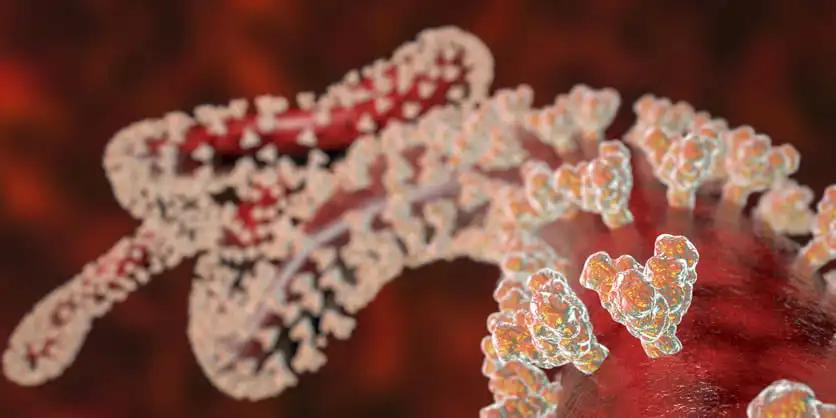KEY TAKEAWAYS
- The single-arm phase 3 trial of pembrolizumab monotherapy was conducted as a first treatment for ABVD-unfit, elderly, and significantly comorbid cohort of patients with advanced CHL.
- In the study, pembrolizumab 200 mg q21d was administered for up to 35 cycles.
- Pembrolizumab is feasible in elderly, comorbid patients with advanced CHL. No treatment-related deaths; promising complete response rates with subsequent therapy reported.
The investigator-initiated, multicentre, single-arm phase 3 trial of pembrolizumab monotherapy as a first treatment for CHL included patients who were either unfit for frontline ABVD or aged ≥65, had an ECOG < 3, had adequate organ function (including platelets ≥75, neutrophils ≥1.0), and GFR ≥ 30mL/min. Patients with autoimmune disease or infection at baseline or illness that could be completely irradiated were excluded, but low-risk other malignancies were allowed.
The treatment regimen consisted of pembrolizumab 200 mg every 21 days for up to 35 cycles. Patients who achieved complete remission had the option to stop treatment, and retreatment was allowed upon progression. The primary endpoint was response rate, with the secondary endpoints being safety and time-dependent survival outcomes. The study recorded the cumulative index rating scale (CIRS) at baseline and post-protocol therapies.
Out of 27 patients, 25 were treated, with a median age of 77 (range 64-92). Gender distribution was almost equal, with 52% male and 48% female. Median CIRS was 7 (IQR 4-10). 92% had stage III or IV disease, 20% had an ECOG score of 2, 48% demonstrated B symptoms, and 56% had extranodal disease. The median number of cycles delivered was 11, ranging from 1 to 35. Of 25 patients, 18(72%) responded, with 32% achieving complete response (CR). The median DOR was 10.6 months (95% CI 3.4-NE). After a median follow-up of 25.1 months, the overall survival rates at 12 and 24 months were 90% (95% CI 67-98) and 83% (95% CI 55-94), respectively. Five patient fatalities were encountered, with the 12-month survival rate after PD at 77% (95% CI: 44, 92). the most common any-cause adverse events (AE) were grade 1/2 arthritis (experienced by 7 out of 25 patients, (28%) and pruritis (experienced by 24% of patients), 8 patients (32%) encountered a grade 3 or 4 event, preventing further therapy in 2 patients. Of the 8 patients who proceeded with subsequent treatment, 5 attained CR, 2 achieved PR, and 1 had SD.
Pembrolizumab is a viable treatment option for ABVD-unfit, elderly patients with advanced CHL with other health conditions. Although some patients did experience immune-mediated side effects, there were no deaths related to the treatment. Patients who underwent subsequent therapy had favorable complete response rates. Using checkpoint inhibitors as a first therapy for frail CHL patients is worth exploring.
Source: https://onlinelibrary.wiley.com/doi/10.1002/hon.3163_106
Clinical Trial: https://classic.clinicaltrials.gov/ct2/show/NCT03331731
Dickinson, M. J., Trotman, J., Berkahn, L., Butler, J., Bressel, M., Neeson, P., & Minson, A. PEMBROLIZUMAB AS FIRST THERAPY FOR HODGKIN LYMPHOMA IS DELIVERABLE IN OLDER OR ABVD-INELIGIBLE PATIENTS, ALLOWS SUBSEQUENT THERAPY, AND GIVES ADEQUATE SURVIVAL. Hematological Oncology, 41, 160-161. https://doi.org/10.1002/hon.3163_106



